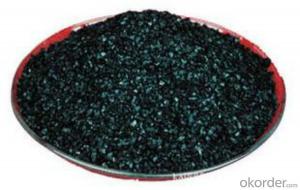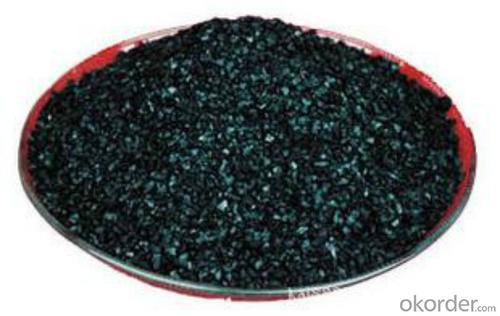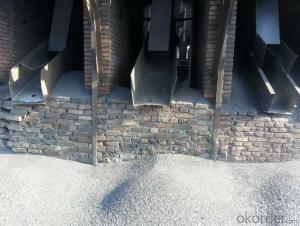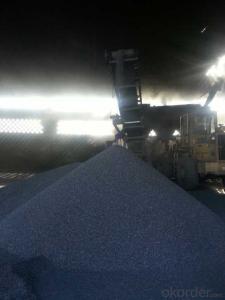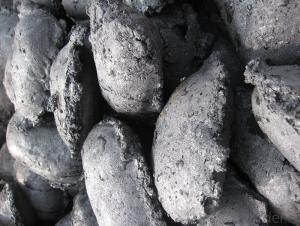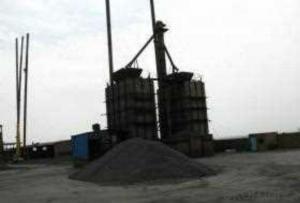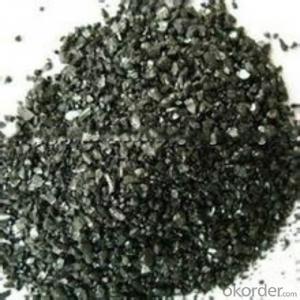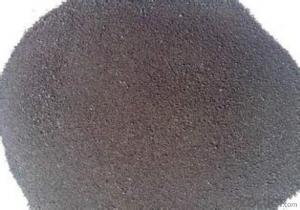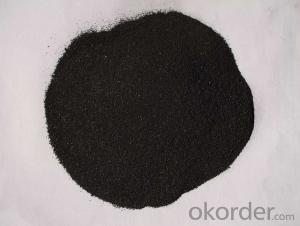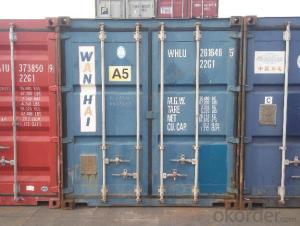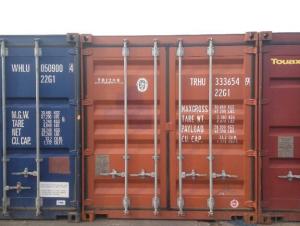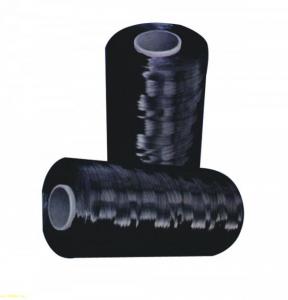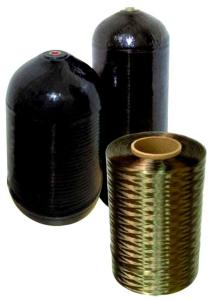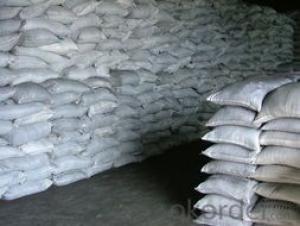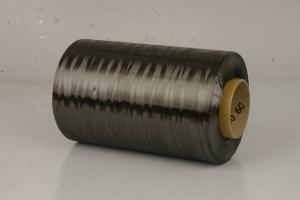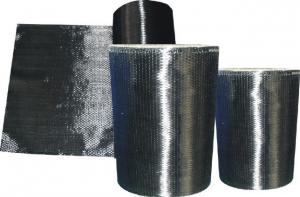S0.5% Calcined anthracite coal as injection coke
- Loading Port:
- Qingdao
- Payment Terms:
- TT OR LC
- Min Order Qty:
- 21.6
- Supply Capability:
- 1016 m.t./month
OKorder Service Pledge
OKorder Financial Service
You Might Also Like
Introduction:
Calcined anthracite can be called carbon additive, carbon raiser, recarburizer, injection coke, charging coke, gas calcined anthracite.It is playing more and more important role in the industry
Best quality Anthracite as raw materials through high temperature calcined at over 2000℃ by the DC electric calciner with results in eliminating the moisture and volatile matter from Anthracite efficiently, improving the density and the electric conductivity and strengthening the mechanical strength and anti-oxidation. It has good characteristics with low ash, low resistivity, low sulphur, high carbon and high density. It is the best material for high quality carbon products. It is used as carbon additive in steel industry or fuel.
Features:
G-High Calcined Anthracite is produced when Anthracite is calcined under the temperature of 1240°C in vertical shaft furnaces. G-High Calcined Anthracite is mainly used in electric steel ovens, water filtering, rust removal in shipbuilding and production of carbon material. Our product is in high and steady quality
Specifications:
F.C.% | 95MIN | 94MIN | 93MIN | 92MIN | 90MIN | 85MIN | 84MIN |
ASH % | 4MAX | 5MAX | 6 MAX | 6.5MAX | 8.5MAX | 12MAX | 13MAX |
V.M.% | 1 MAX | 1MAX | 1.0MAX | 1.5MAX | 1.5MAX | 3 MAX | 3 MAX |
SULFUR % | 0.3MAX | 0.3MAX | 0.3MAX | 0.35MAX | 0.35MAX | 0.5MAX | 0.5MAX |
MOISTURE % | 0.5MAX | 0.5MAX | 0.5MAX | 0.5MAX | 0.5MAX | 1MAX | 1MAX |
Pictures

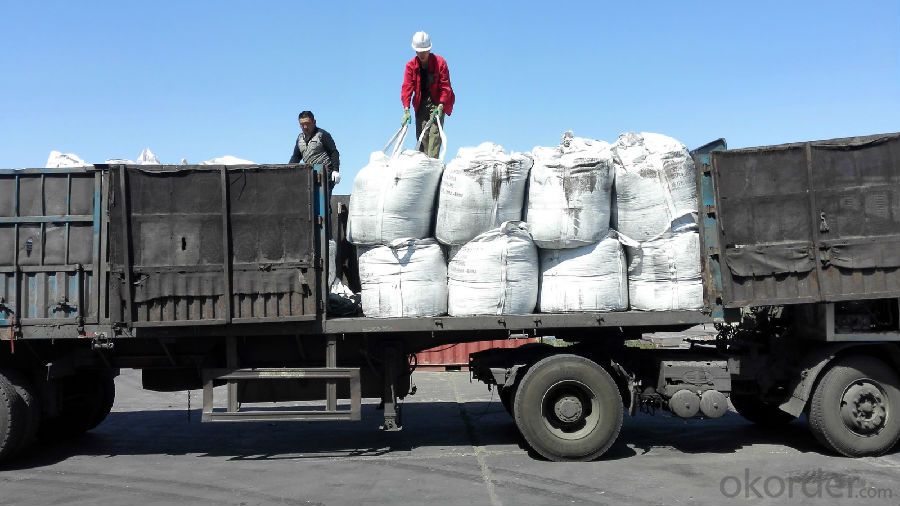
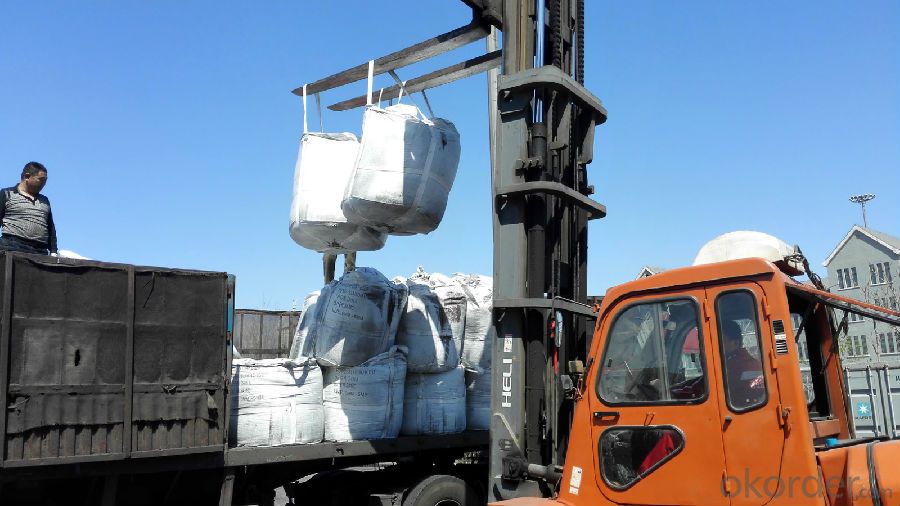
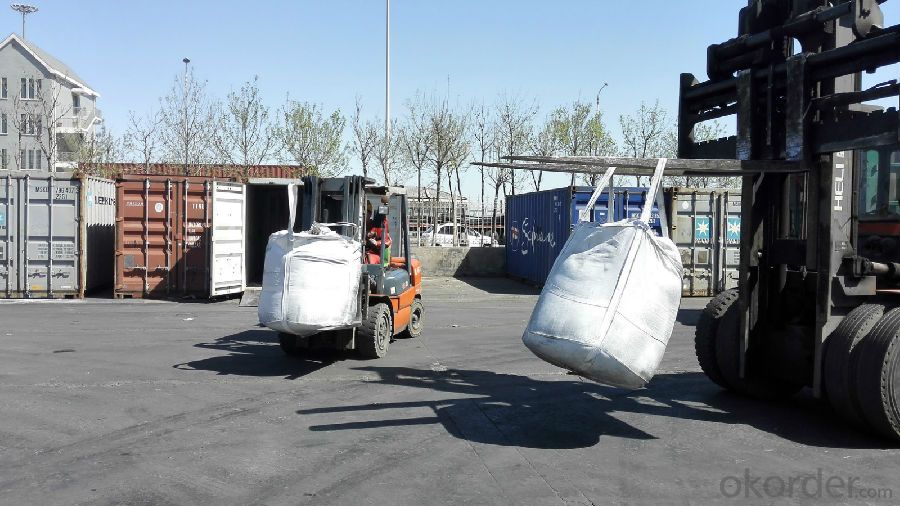
FAQ:
Packing:
(1). Waterproof jumbo bags: 800kgs~1100kgs/ bag according to different grain sizes;
(2). Waterproof PP woven bags / Paper bags: 5kg / 7.5kg / 12.5kg / 20kg / 25kg / 30kg / 50kg small bags;
(3). Small bags into jumbo bags: waterproof PP woven bags / paper bags in 800kg ~1100kg jumbo bags.
Payment terms
20% down payment and 80% against copy of B/L.
Workable LC at sight,
- Q: What are the effects of carbon emissions on the stability of volcanic regions?
- Carbon emissions can have both direct and indirect effects on the stability of volcanic regions. Firstly, the direct effects of carbon emissions on volcanic regions are relatively minimal. Carbon dioxide (CO2) is a naturally occurring gas that is released during volcanic eruptions, so the additional carbon emissions from human activities may not significantly impact the stability of volcanic regions on their own. However, increased levels of carbon dioxide in the atmosphere can contribute to climate change, which in turn can indirectly affect volcanic activity. Indirectly, climate change resulting from carbon emissions can have several effects on the stability of volcanic regions. Rising global temperatures can cause the melting of glaciers and ice caps, leading to an increase in the amount of water on the Earth's surface. This can add extra weight to volcanic areas, potentially increasing the pressure on magma chambers and triggering volcanic activity. Additionally, the increased water levels can contribute to higher levels of rainfall, which can increase the risk of landslides and erosion in volcanic regions, potentially destabilizing the area. Furthermore, climate change can also lead to changes in precipitation patterns and drought conditions, altering the hydrological cycle. These changes can impact the availability of water for volcanic regions, affecting the stability of volcanic systems. Volcanoes require water to produce steam and pressure that can lead to eruptions. If there is a lack of water due to prolonged drought conditions, volcanic activity may be reduced. However, when there is an excess of water due to unpredictable rainfall patterns, there is an increased risk of flash floods and landslides, which can destabilize volcanic areas. It is important to note that the effects of carbon emissions on the stability of volcanic regions are complex and can vary depending on a range of factors such as local geology, volcanic activity, and climate conditions. While carbon emissions may not directly cause volcanic eruptions, they can contribute to changes in climate patterns that can indirectly impact the stability of volcanic systems. Further research and monitoring are essential to fully understand and quantify these effects.
- Q: Is graphite carbon?
- They are arranged in eight planes. The net shape is the diamond, which is arranged in a regular hexagon and a layer, and then graphite is formedDiamond and graphite are carbon elements
- Q: How does carbon impact the ozone layer?
- Carbon does not directly impact the ozone layer. However, certain carbon compounds, such as chlorofluorocarbons (CFCs), can contribute to ozone depletion when released into the atmosphere.
- Q: What is a carbon free martensite?
- Common martensite in iron based alloys, the essence of carbon and alloy elements (or) in alpha iron in the supersaturated solid solution. The iron carbon alloy is two yuan, carbon in alpha iron in the supersaturated solid solution.
- Q: How do plants use carbon dioxide?
- Plants use carbon dioxide through a process called photosynthesis, which is vital for their survival. During photosynthesis, plants take in carbon dioxide from the air through small openings on their leaves called stomata. Inside the leaves, carbon dioxide combines with water, which is absorbed by the roots, to produce glucose and oxygen. The glucose is used by the plant as a source of energy to carry out various metabolic processes and to grow. Additionally, plants store excess glucose in the form of starch for future use. The oxygen produced during photosynthesis is released back into the atmosphere, which is crucial for the survival of other living organisms, including humans, as we depend on oxygen for respiration. Therefore, plants play a crucial role in maintaining the balance of carbon dioxide and oxygen in the atmosphere, making them essential for life on Earth.
- Q: How accurate is carbon dating?
- The scientific method known as carbon dating, or radiocarbon dating, is widely used to determine the age of organic materials that are up to 50,000 years old. It relies on measuring the ratio of radioactive carbon-14 (C-14) to stable carbon-12 (C-12) in a sample. Carbon dating has proven to be highly accurate, with a small margin of error. Its accuracy depends on factors such as the quality and preservation of the sample, the precision of measurement instruments, and understanding the carbon cycle in the past. However, carbon dating has limitations. It can only be used on organic materials that were once alive, so it is not applicable to dating inorganic materials like rocks or minerals. It is most effective for samples younger than 50,000 years old because the amount of C-14 decreases over time, making accurate measurement more challenging. To ensure accuracy, scientists often use multiple dating methods or cross-reference results with other independent techniques. This helps to verify the reliability of carbon dating and gain a more comprehensive understanding of the sample's age. Advancements in technology and calibration methods have improved the accuracy of carbon dating. For example, Accelerator Mass Spectrometry (AMS) allows for smaller sample sizes and greater measurement precision, reducing the margin of error. Calibration curves based on tree rings, or dendrochronology, also refine the accuracy of carbon dating. While carbon dating is highly reliable, it is important to recognize that no dating technique is perfect. All scientific dating methods have inherent limitations and uncertainties. However, with proper calibration and careful analysis, carbon dating remains one of the most accurate ways to determine the age of organic materials.
- Q: Recently bought an alarm clock, it is recommended to use carbon batteries. Nanfu battery is not good for the movement.
- Nanfu is generally alkaline battery, the alarm clock movement, the power is too large, will damage the movement. Supermarkets generally have many brands of carbon batteries, you can follow their favorite and ability to buy. There are deer, wild horses, PHILPS and so on.
- Q: How do you distinguish between alkaline and ordinary carbon cells?
- The alkaline cell of the carbon cell can touch the ring groove at the end of the negative electrode, and there is no groove in the cylindrical surface of the ordinary dry cell, because the two sealing methods are different.
- Q: What are the uses of carbon black?
- Carbon black has a wide range of uses across various industries due to its unique properties. One of the primary uses of carbon black is as a reinforcing filler in rubber materials. It improves the strength, durability, and resistance to wear and tear of rubber products, making them suitable for applications such as tires, conveyor belts, gaskets, hoses, and shoe soles. Carbon black is also used as a pigment in inks, coatings, and dyes. Its high tinting strength and ability to absorb ultraviolet light make it an excellent choice for coloring plastics, paints, and printing inks. Additionally, carbon black is used in toners for photocopiers and laser printers, providing the dark color required for high-quality printing. Furthermore, carbon black finds applications in the manufacturing of electrodes for batteries and fuel cells. Its electrical conductivity and high surface area make it an ideal material for enhancing the performance and efficiency of energy storage devices. Carbon black is also used in the production of carbon brushes, which are crucial components in electric motors and generators. In the construction industry, carbon black is utilized as a filler in concrete and asphalt to enhance their strength and durability. It improves the resistance to weathering, reduces cracking, and increases the lifespan of these materials. Additionally, carbon black is employed in the production of conductive polymers used for static dissipation and electromagnetic shielding in various construction materials. In summary, the uses of carbon black are diverse and span across multiple industries. From reinforcing rubber products to coloring inks and coatings, enhancing energy storage devices, and improving the strength of construction materials, carbon black plays a vital role in enhancing the performance and durability of various products.
- Q: I want to make a rectangular round bar for bearing. What carbon fiber and carbon fiber should be used? How should I do it? What kind of machine does it use to dry it?
- Carbon fiber is not plastic, and plastic is not the same material. Carbon fiber forming process is mainly:A molding process is: by hand will prepreg paper in the mold, and then curing. This is the biggest advantage of simple manufacturing process, manual to complete more complex operations, can process the complex shape parts, suitable for small batch production; the disadvantage is low efficiency and poor labor conditions, labor intensity is big.Filament winding forming technology: the earliest continuous forming process, that is, the fiber is dipped into the resin through the resin trough, and then wrapped on the rotating core mold according to certain rules. Then, the glue is solidified and formed by heating. A prominent feature is that it is in accordance with the stress situation of products, the fiber according to a certain rule arrangement, so as to give full play to the strength of the fiber, obtain the lightweight products; can realize continuous and mechanized production in the process, and short production cycle, high production efficiency, low labor intensity, suitable for manufacturing cylinder the sphere, and some positive curvature gyration bodies or tubular products.
Send your message to us
S0.5% Calcined anthracite coal as injection coke
- Loading Port:
- Qingdao
- Payment Terms:
- TT OR LC
- Min Order Qty:
- 21.6
- Supply Capability:
- 1016 m.t./month
OKorder Service Pledge
OKorder Financial Service
Similar products
Hot products
Hot Searches
